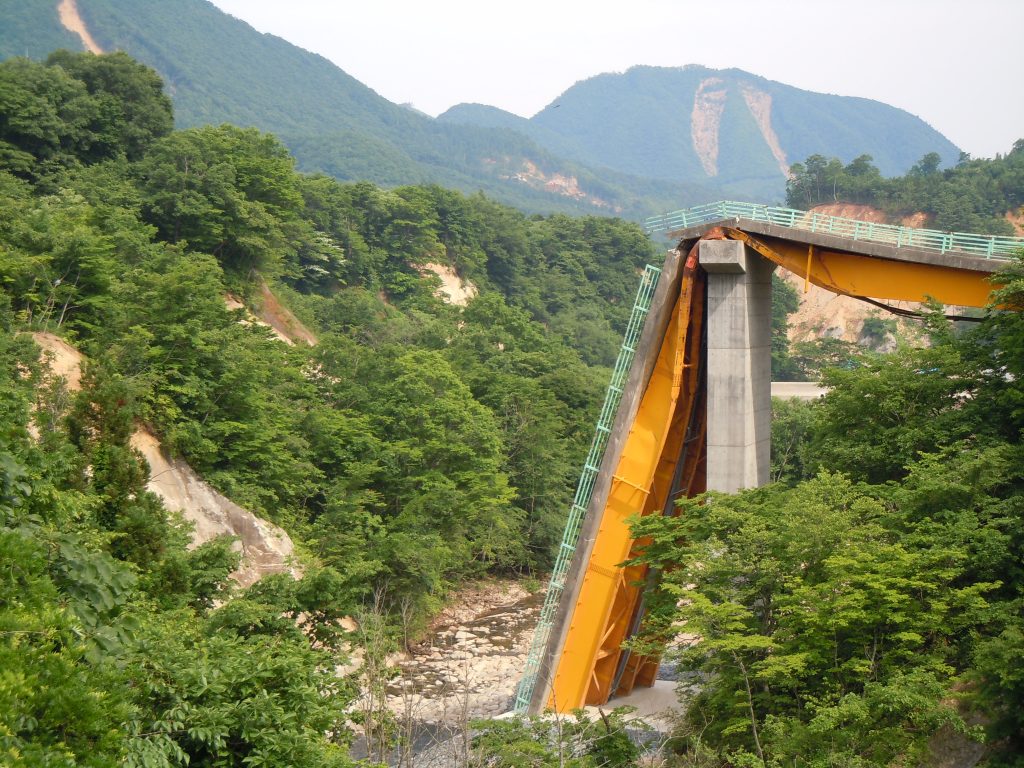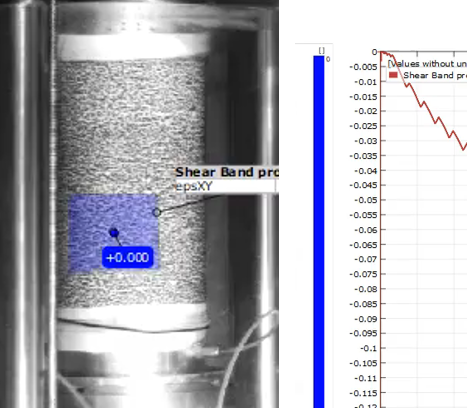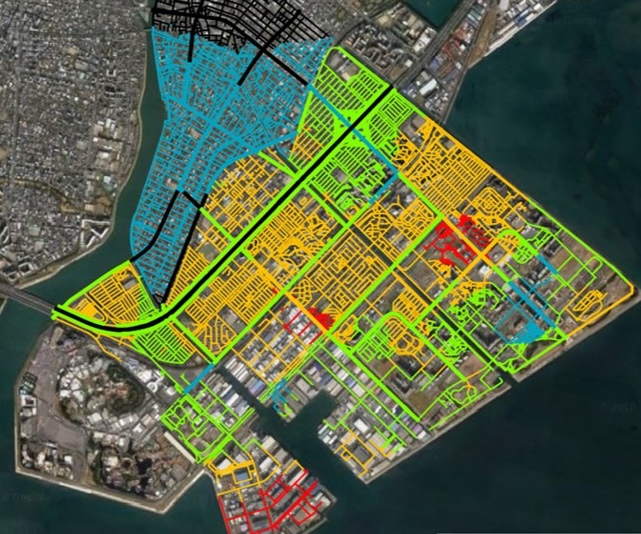Introduction
Liquefaction assessment
We aim to contribute to the prediction of liquefaction occurrence and associated damage by conducting research to evaluate the soil fabric and aging effects on liquefaction characteristic.
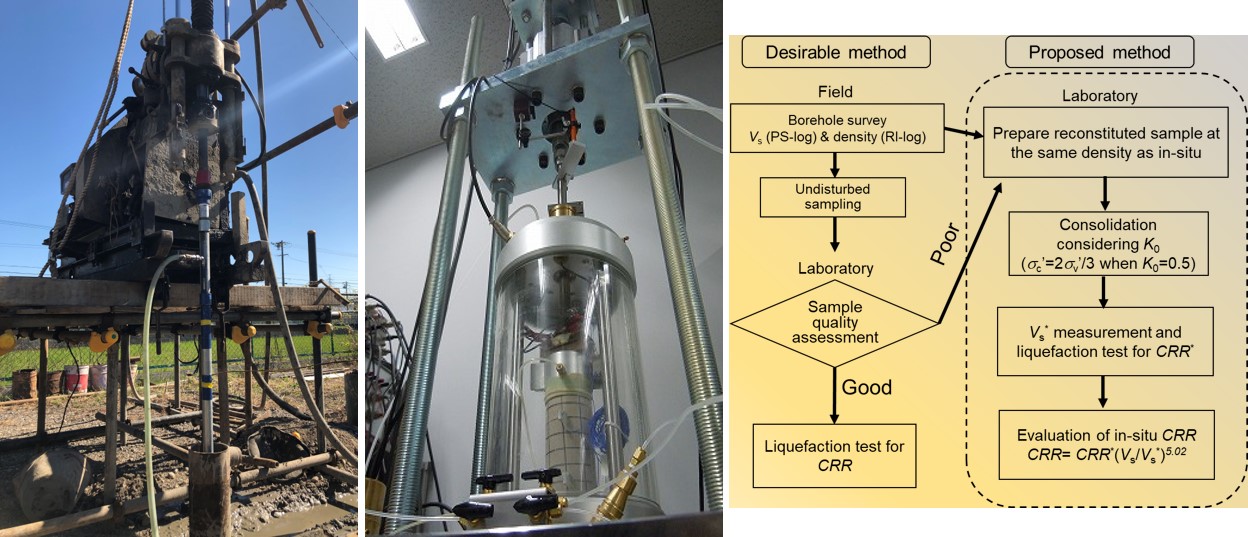
Geomaterial behavior
We are investigating the behaviour of geomaterials and their interaction with structures through our unique experiments and analysis, focusing on the effects of weathering, soil particle crushing, previous stress/deformation histories, and thermal conditions.
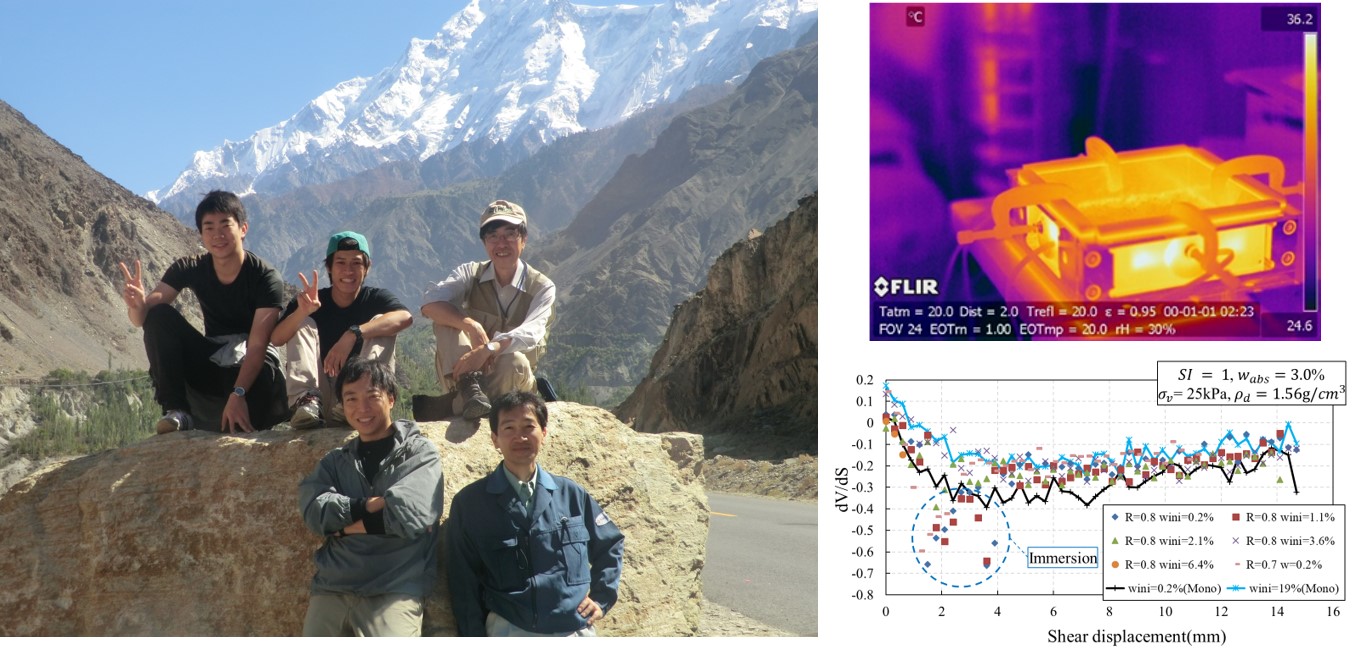
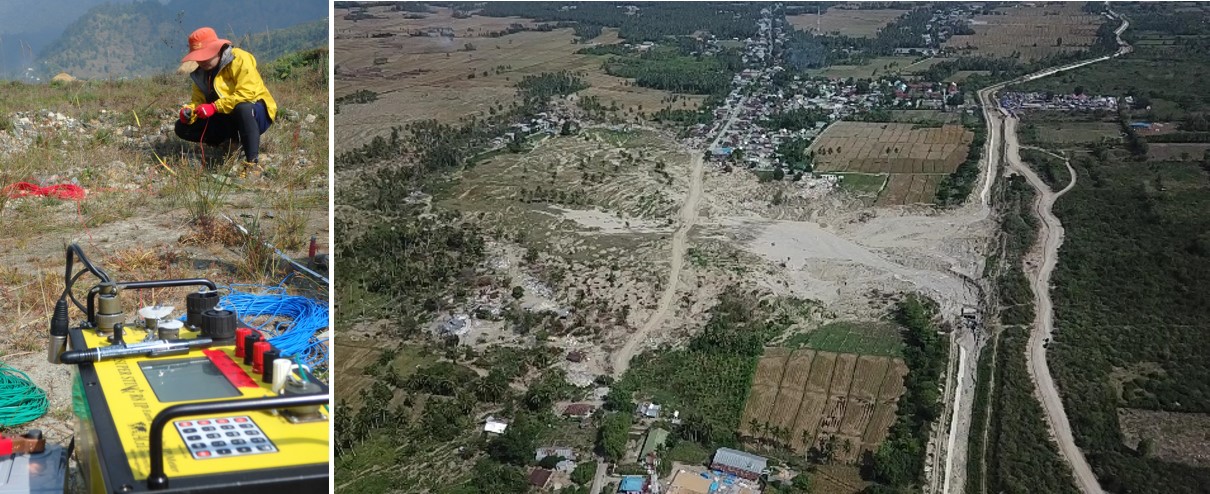
Long-distance flow landslides
Long-distance flow landslides, which occasionally occur around the world, cause significant damage to local residents and infrastructure. We are investigating their occurrence mechanism and risks focusing on the soil properties and groundwater environment.
About us
Field Survey
We visit disaster sites to objectively and quantitatively document both damage and successful mitigation examples. By clarifying disaster mechanisms and applying these findings to future measures, we collect vital insights that can only be obtained in the field.
Mechanism
Soil behaves in complex ways under varying particle sizes, water content, and stress conditions, sometimes displaying unexpected behavior during earthquakes or heavy rainfall. Our mission is to approach these unknowns, unraveling disaster mechanisms as we strive to discover deeper truths about ground stability.
Application
We translate our findings into practical solutions for disaster mitigation and infrastructure planning, ensuring that a balanced, cost-effective approach harnesses the true strength of the ground while supporting sustainable community development.




